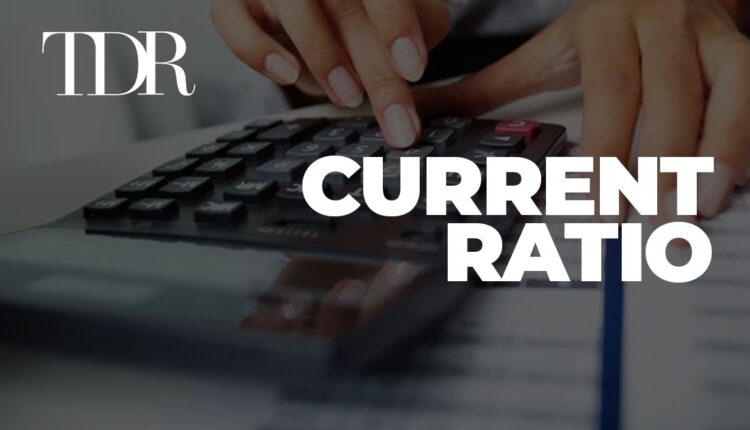
Understanding The Current Ratio and Its Limitations
The current ratio measures a company’s ability to pay off its short-term debts with its short-term assets. However, the current ratio has limitations and is one piece of information with two main nuances that make it unreliable. Frankly, I am surprised by how much it is used by the community of US Cannabis MSOs (MSOs) investors. For example, I often see individuals post an image of four or five MSOs comparing and ranking them by the Current Ratio without any deeper thought. Why does this surprise me? Let’s look more closely at the Current Ratio and its limitations.
What is the current ratio and its traditional use?
The current ratio measures a company’s ability to cover its short-term debts with its short-term assets. In accounting, we consider short-term debt to be one year or less. It is calculated by dividing current assets, like cash and inventory, by current liabilities, such as accounts payable and short-term loans. A ratio of 1 or higher suggests that the company can meet its short-term obligations, while a ratio below 1 indicates potential liquidity issues.
Investors and analysts use the current ratio to compare companies’ liquidity within the same industry. A higher ratio is generally seen as a sign of better financial health. Out of curiosity, let’s rank the MSOs by their current ratio as reported at the end of the last financial reporting period. In the traditional sense, without considering limitations, the higher the ratio, the better.
What are the limitations?
Here are three main limitations and why they cause issues. One example understates the number, and the other two overstate the number.
Limitation #1: If a company has debt coming due this year and plans to renew it, when the debt has less than 12 months left until renewal, it is considered a current liability. In this case, the current ratio will decrease, making it appear the company is at risk of insolvency. Most MSOs have significantly improved their cash flows, and debt is widely available. Hence, the risk of debt renewal for many MSOs is negligible. Imagine if a company has five-year debt and renews most of it every five years. Then, for four years, the company would look liquid and sound, but every five years, warnings would arise that the company is potentially insolvent. For companies with positive cash flows, this situation causes many prints of the numbers to be irrelevant.
Limitation #2: The opposite can also happen; the number can be overstated. Remember when the Canadian Cannabis LPs overproduced cannabis, and they had to destroy their inventories? In the previous quarters, this inventory would have been counted as a current asset, just like cash. Cash is always worth something, but inventories are tricky and can be written down. The same is true with account receivables; if MSOs aggressively sell wholesale products on credit, this ratio indicates that IOU is as good as cash. This is part of why I look at ratios like Levered Free Cash Flow; cash is cash and comforts me as an investor.
Limitation #3—You can’t pay your bills with current assets. When it is time to pay your supplier, they don’t want your inventory or account receivables. That is why I like to look at cash holdings in addition to current assets. Another comparison is the ratio of cash to current assets used to calculate the current ratio.
My Concluding Take on the Current Ratio
Take it with a grain of salt and do more research. Better yet, read our full equity research reports. In the section on liquidity, I comment on whether I believe the current ratio is overstated or understated based on its known limitations.
Check out our other blogs to help everyone prepare for earnings on topics like:



